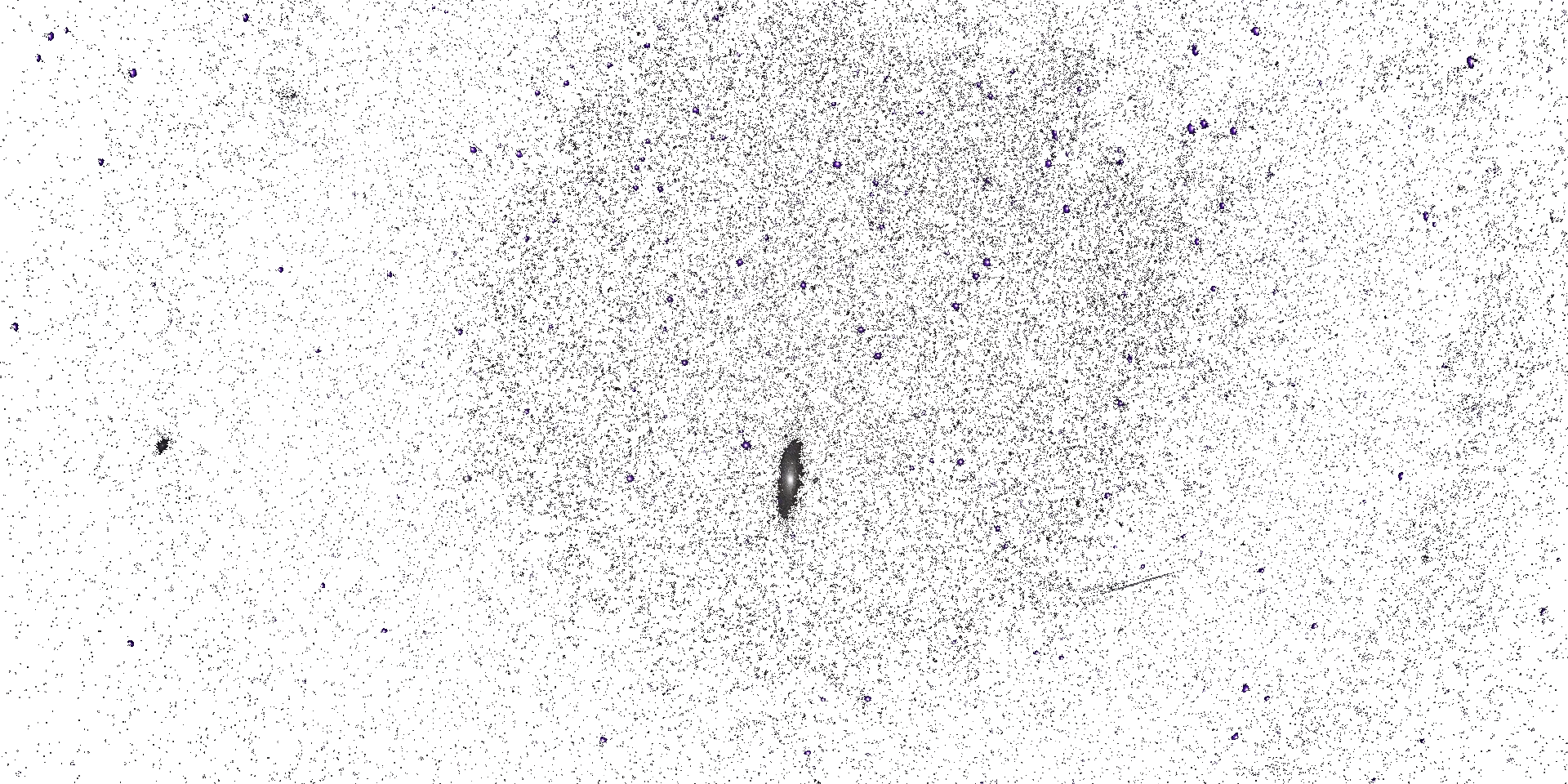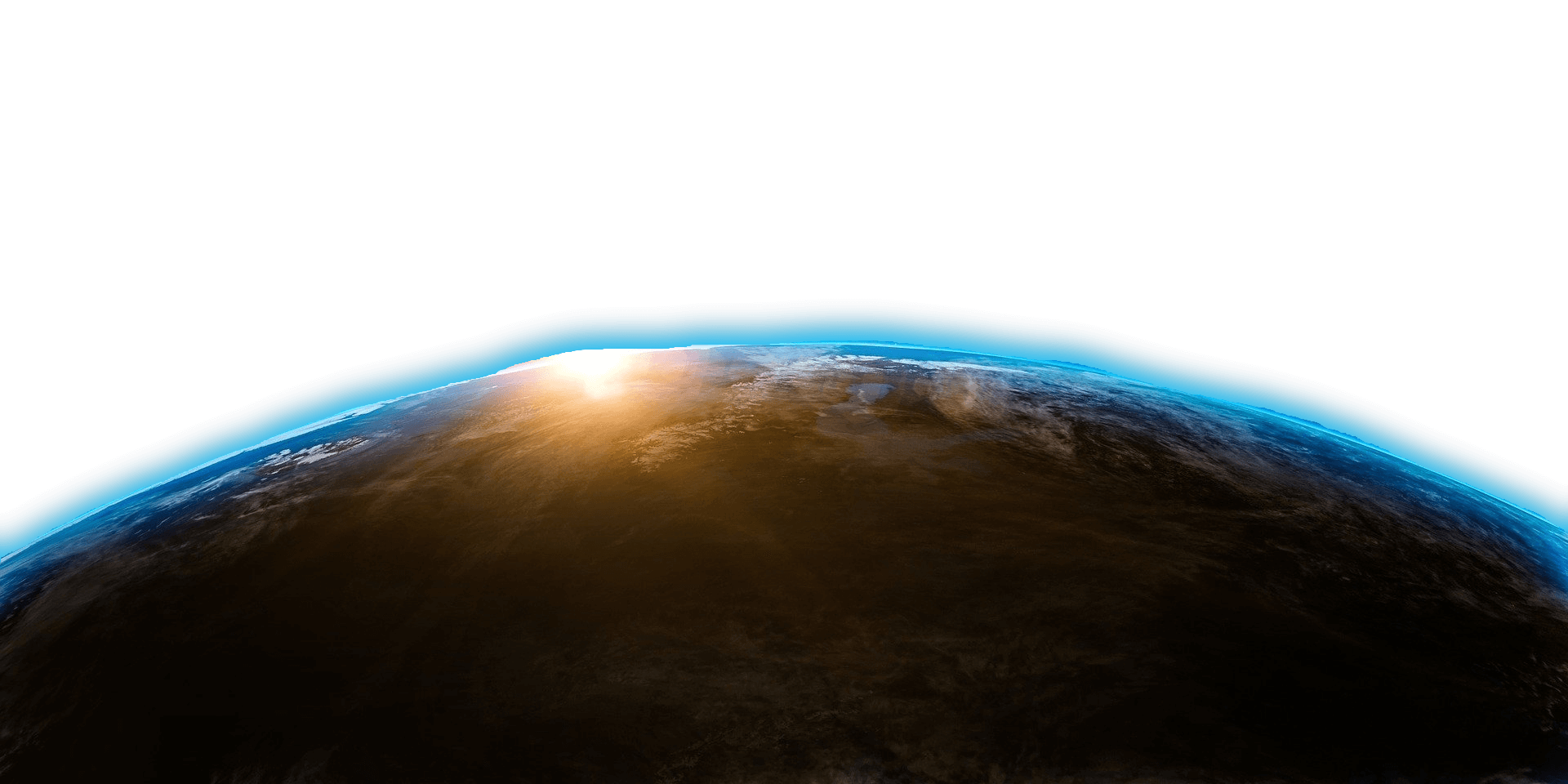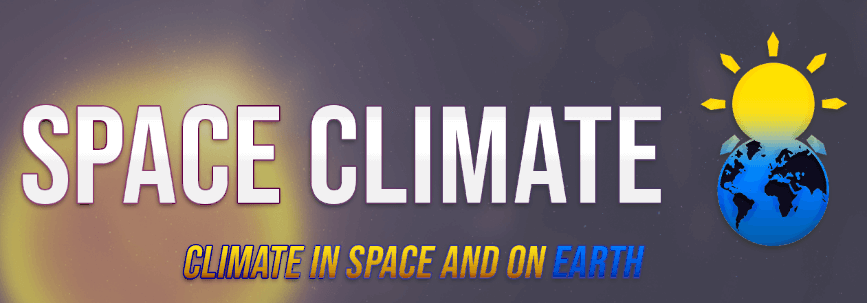




Space Climate 8 Meeting Abstract
Investigation of space weather impact on the atmosphere and climate using ICON-ART
Maryam Ramezani Ziarani (KIT - Karlsruhe Institute of Technology, Institute of Meteorology and Climate Research - Atmospheric Trace Gases and Remote Sensing (IMK-ASF) )
Maryam Ramezani Ziarani1, Miriam Sinnhuber1, Michael J. Prather2, Thomas Reddmann1
1Karlsruhe Institute of Technology, Institute of Meteorology and Climate Research - Atmospheric Trace
Gases and Remote Sensing (IMK-ASF), Karlsruhe, Germany
2Department of Earth System Science, University of California, Irvine, CA 92697-3100, USA
We have included the variable solar forcing in the middle atmosphere from particle precipitation and solar
UV radiation into ICON (ICOsahedral Nonhydrostatic) (e.g., Zängl et al., 2015 [1]) -ART (the extension for
Aerosols and Reactive Trace gases) (e.g., Rieger et al., 2015 [2]) model system in the numerical weather
prediction (NWP) (e.g., Rieger et al., 2015 [2]) configuration. This study consists of two main parts:
process understanding by further developments of simplified ozone description (Linearized ozone scheme
-LINOZ) based on (McLinden et al., 2000 [3]) and climate impact investigation. The LINOZ scheme is
computationally very cheap compared to a full middle atmosphere chemistry scheme, but provides
realistic ozone fields consistent with the stratospheric circulation and temperatures, so can be used in
climate models instead of prescribed ozone climatologies. To include the top-down forcing, in a first step
the so-called „geomagnetic forcing“ by downwelling of nitric oxide produced by auroral and radiation belt
electron precipitation in the upper mesosphere and lower thermosphere into the stratosphere during polar
winter was implemented into ICON-ART. This was achieved by including as an upper boundary condition
of NOy, a parameterization using the geomagnetic Ap index (Funke et al., 2016 [4]), which was also
recommended for chemistry-climate models for the CMIP6 experiments (Matthes et al., 2016 [5]). With
this extension, the model simulates realistic „tongue“ of NOy propagating downward from the model top
in the upper mesosphere to the mid-stratosphere in every polar winter. We then expand the simplified
ozone description used in the model by applying LINOZ version 3 (Hsu and Prather., 2010 [6]) including
a NOy-based tendency term to the model. This NOy, coupled as an additional term in the linearized ozone
chemistry, leads to significant ozone losses in the polar upper stratosphere in both hemispheres. In a next
step, the ozone climatologies forming the basis of the LINOZ scheme have been provided for solar
maximum and solar minimum conditions separately to account for the solar UV variability. In the second
part of this study the impact of the resulting dynamical-radiative feedback due to changes in stratospheric
ozone and net radiative heating as well as climate feedback arising from atmosphere-ocean coupling will
be assessed by analyzing dedicated free-running coupled ocean-atmosphere experiments on decadal to
centennial timescales.
References
[1] Zängl, G., Reinert, D., Rípodas, P., and Baldauf, M.: The ICON (ICOsahedral Non-hydrostatic) modelling
framework of DWD and MPI-M: Description of the non-hydrostatic dynamical core, Q. J. Roy. Meteorol. Soc., 141,
563–579, https://doi.org/10.1002/qj.2378, 2015.
[2] Rieger, D., Bangert, M., Bischoff-Gauss, I., Förstner, J., Lundgren, K., Reinert, D., Schröter, J., Vogel, H., Zängl,
G., Ruhnke, R., and Vogel, B.: ICON-ART 1.0 – a new online-coupled model system from the global to regional scale, Geosci. Model Dev., 8, 1659–1676, https://doi.org/10.5194/gmd-8-1659-2015, 2015.
[3] McLinden, C. A., Olsen, S. C., Hannegan, B., Wild, O., Prather, M. J., and Sundet, J.: Stratospheric ozone in 3-D models: A simple chemistry and the cross-tropopause flux, J. Geophys. Res.-Atmos., 105, 14653–14665,
https://doi.org/10.1029/2000JD900124, 2000.
[4] Funke, B., López-Puertas, M., Stiller, G. P., Versick, S., and von Clarmann, T.: A semi-empirical model for
mesospheric and stratospheric NOy produced by energetic particle precipitation, Atmos. Chem. Phys., 16,
8667–8693, https://doi.org/10.5194/acp-16-8667-2016, 2016.
[5] Matthes, K., Funke, B., Andersson, M. E., Barnard, L., Beer, J., Charbonneau, P., Clilverd, M. A., Dudok de Wit, T., Haberreiter, M., Hendry, A., Jackman, C. H., Kretzschmar, M., Kruschke, T., Kunze, M., Langematz, U., Marsh, D. R., Maycock, A. C., Misios, S., Rodger, C. J., Scaife, A. A., Seppälä, A., Shangguan, M., Sinnhuber, M., Tourpali, K., Usoskin, I., van de Kamp, M., Verronen, P. T., and Versick, S.: Solar forcing for CMIP6 (v3.2), Geosci. Model Dev., 10, 2247–2302, https://doi.org/10.5194/gmd-10-2247-2017, 2017.
[6] Hsu, J., and Prather, M. J. Global long-lived chemical modes excited in a 3-D chemistry transport model:
Stratospheric N2O, NOy, O3 and CH4 chemistry, Geophys. Res. Lett., 37, L07805, doi:10.1029/2009GL042243,
2010.
Mode of presentation: poster (Need to be confirmed by the SOC)
